The racing video game genre has evolved a bit since its inception. It started life in 1973 with Atari’s second game Space Race, which involved two players racing a rocket ship to the top of the screen. If you successfully dodged between asteroids and made it through, then your score increased, but encounter an asteroid, it was back to the start for you.
Jump forward to the ’90s, and the genre dominated the best-selling charts on the home console, including 10.8 million copies of Gran Turismo and 9.8 million copies of Mario Kart 64 sold.
Skip even further to 2022, and the genre has been pushing the limits when it comes to graphical fidelity.
Whether that’s accurate and detailed Hot Wheels models with fingerprints on them, or every single needle being rendered on a small cholla cactus within a gigantic Mexican landscape, the attention to detail has never been greater, and there’s no doubt it will evolve even further in the future.
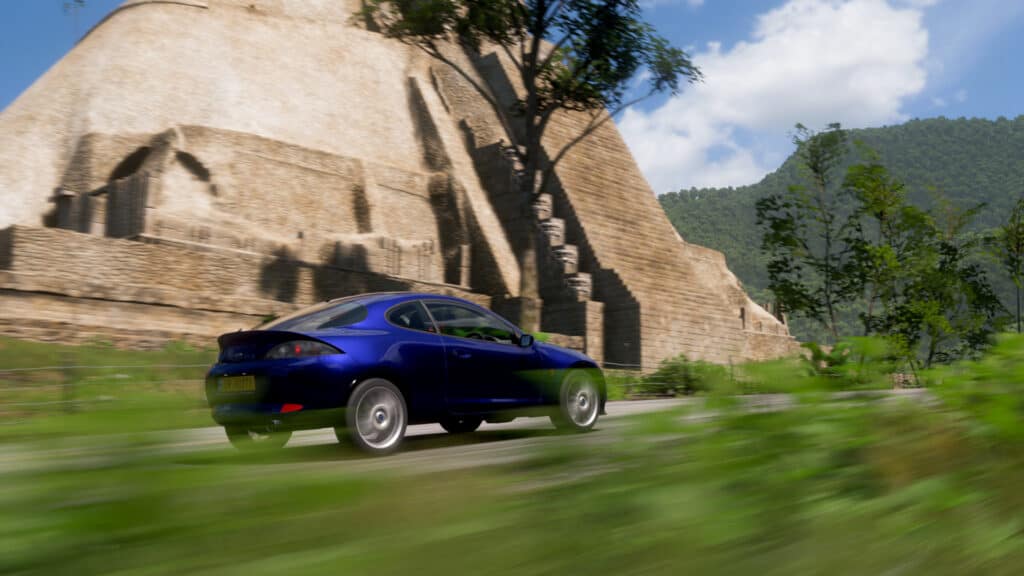
The age of the D-pad
As the genre certainly has grown within the graphical department over the decades, the mechanics, however, have been pretty much exactly the same since the start.
Breaking down the gameplay to its bare bones is simple; you begin at point A with the aim to reach point B first, and it’s been that way ever since. Getting there is where every game is different.
Unlike the usual vehicle selection of cars, motorcycles or spacecraft, almost anything can be used to race such as motorboats, snowmobiles, podracers, even characters on-foot, the list goes on. Whether it’s a race to the finish line, a stuntman involved with a film shoot, or smashing as many cars as you can, the genre has been incredibly diverse with its content.
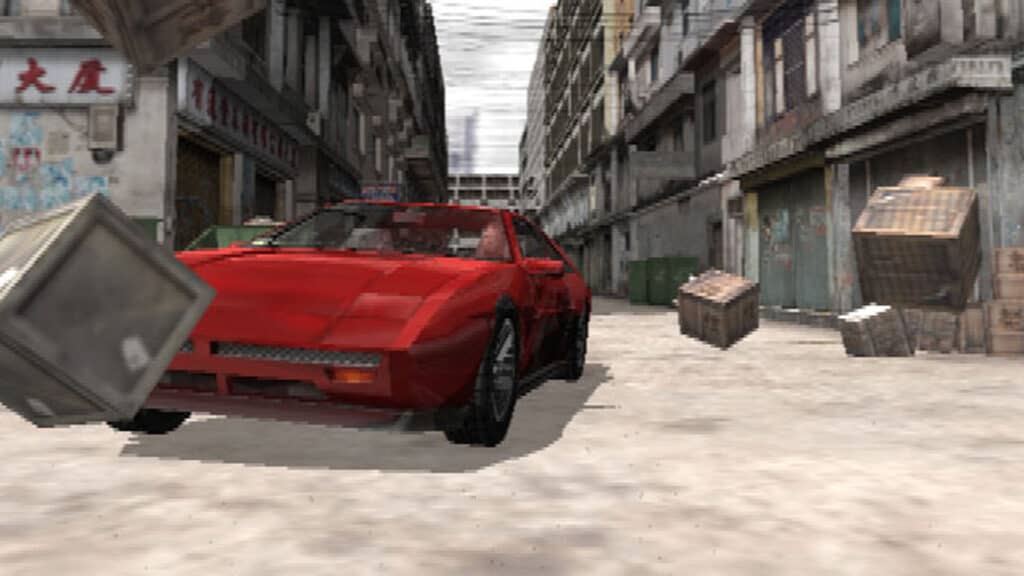
There is one more thing surrounding racing games that largely affected arcade machines back in the ’80s: the difficulty.
These games were specifically designed to heavily persuade the feeding of machines with your saved-up quarters, otherwise, all hard-earned progress would be lost. This effect was felt through the transition to home consoles, with the NES making a name for their titles as being “Nintendo Hard!” and made any completion attempt require gigantic amounts of dedication.
It only takes a tiny whisper of “Turbo Tunnel” to bring up horrific memories to gamers over the age of 30. But racing games? Boy, they’re all “Nintendo Hard”.
Most of your old favourite racing games were diabolically difficult, especially when the control schemes available only had the inaccuracy of a D-pad to rely on.
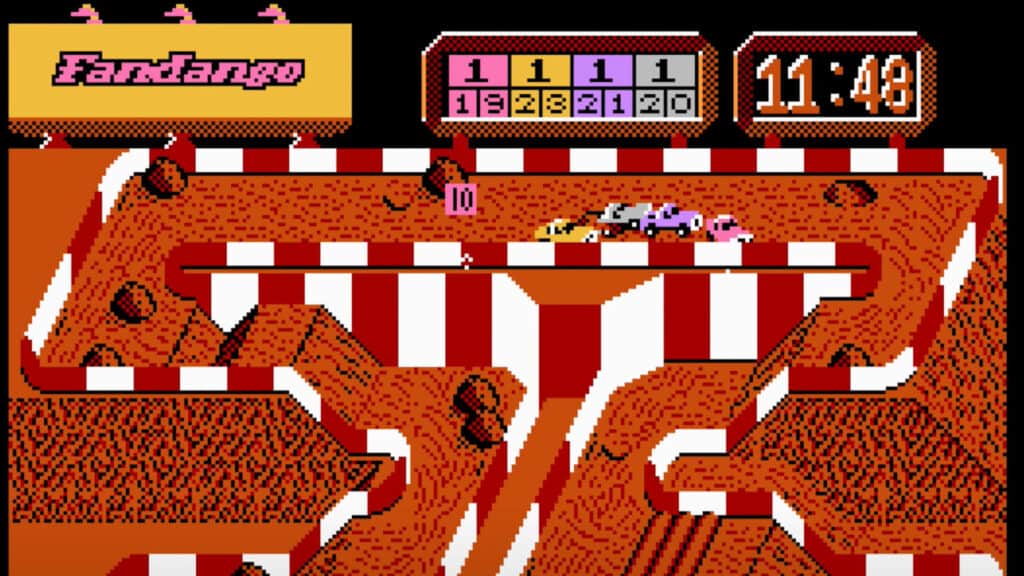
For example, let’s look at one of my favourites on the original PlayStation, Destruction Derby 2. This title sees you race around in stock cars within fictional tracks set in North America, participating in stock league racing, wrecking racing or destruction derby modes.
Now while the cars are fast with their speed exceeding 300km/h, the handling is another story entirely when using the D-pad. Try zooming down the hill at Chalk Canyon without touching the walls. It is impossible. Want to reach the chequered flag first? But a dream at the time. It was never achieved outside of Pine Hills Raceway.
Remember how stupidly difficult the garage level of Driver was? You may be able to complete it just in time to this day, but back then? Well good luck beating that stopwatch, it felt as if you didn’t have a single chance.
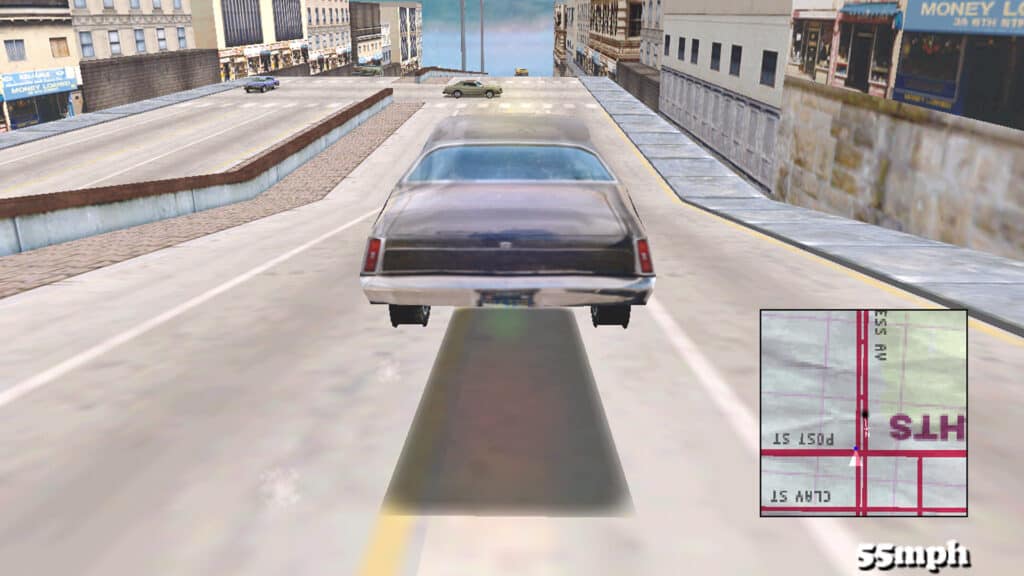
Analogue FTW
Sim racing releases were no different either, as introducing a newcomer to the racing game genre proved to be a huge challenge. You could do it properly by using the brakes and apply power according to track positioning, or you could go off-track, slam into walls at 100mph and let the course naturally steer the car to the finish line.
As the new console generations arrived, the introduction to the controller thumbstick was a great unintended solution for the genre. This gave the player greater control over steering angle when it came to traversing corners and was also more comfortable to use over the D-pad.
Racing games became a lot easier to control, but their difficulty for newcomers was still prevalent. Grinding away in Gran Turismo 3: A-Spec for a Suzuki Escudo doesn’t sound like the ideal night-in after a stressful shift at work for the casual audience, so the only option for many racing games was an arcade-style approach.
Don’t get me wrong, these titles were absolutely brilliant to play, but sim racing games did seem like an unpopular choice when given the option. Ask a teenager in 2004 whether they would rather play Gran Turismo 4, Need for Speed Underground 2, or Burnout 3: Takedown, and there’s a good chance they would’ve chosen the latter two.
An unlikely innovation

The solution to introducing the casual audience to racing titles, (that didn’t require heaps of time to progress through), potentially arrived at the video game scene in 2003 with Prince of Persia: The Sands of Time.
Now it may seem weird at this point to bring up this game, but Ubisoft’s title may have contributed to a turning point for the racing game genre. In Sands of Time, the protagonist retrieves a weapon named the “Dagger of Time”, which allows the player to use rewind, slow down or freeze time mechanics. Its usage can be incredibly useful within its platforming and combat scenarios, so if you’ve made a mistake and are about to fall to your death, use a rewind power and try again.
Want to slow down traps or stop enemies for easier navigation or to simply catch your breath? The dagger allows you to, leaving plenty of room for the player to be creative.
The rewind mechanic, in particular, was of great interest to the industry, as time manipulation wasn’t all that prominent at the time – excluding the 2002 game Blinx: The Time Sweeper that is, which contained a different type of time-bending system.
Rewinding led to destroyed scenery coming back to life, but the player was free to move around while this mechanic was in action, lending itself as more of a puzzle-like process rather than a gameplay assist. Anyway, the less said about this attempted Xbox console mascot, the better…
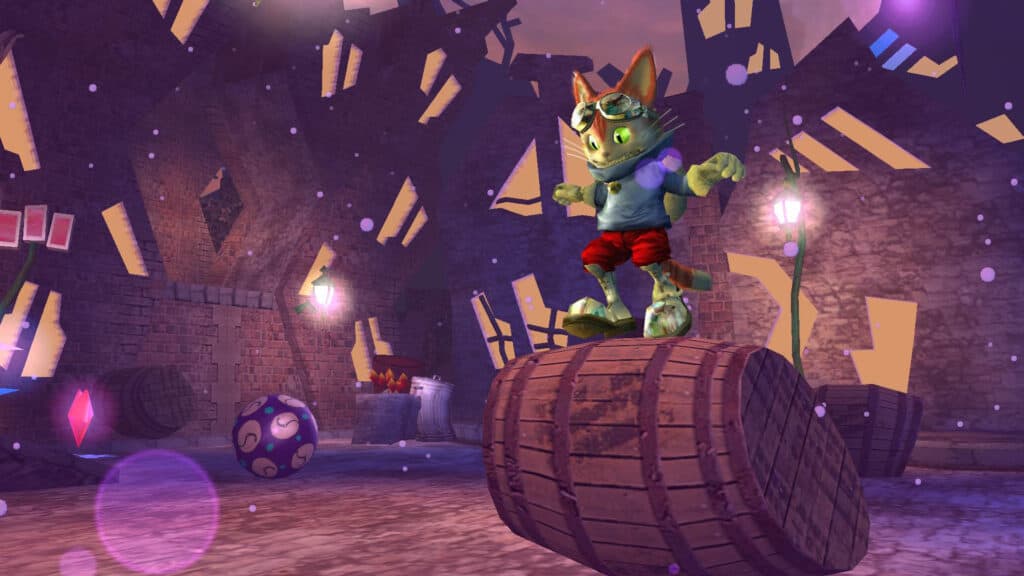
After the success of Sands of Time, rewinding time has been a staple of gameplay mechanics within titles, such as TimeShift, Braid, and many others. Its usage allows the player to make mistakes and provides a quicker way of learning gameplay elements, without having to waste time waiting for death animations or loading screens.
The originator
So naturally, this mechanic was begging to be used in racing games, and it was first used in everyone’s favourite, Alfa Romeo Racing Italiano, developed by Milestone. Yes, the same company that also created Hot Wheels Unleashed – look at how far they’ve come.
As dull as this game is, there were a few interesting mechanics involved that brought a new life to the genre. RPG elements were introduced, meaning you could gain skill points to upgrade your character or car through abilities such as Heart, Vision or Intimidation, each with their own specific advantages within a race. The latter system meant that your character would be intimidated by racing against a driver on their tail, which would eventually lead to a blurry screen and loss of control. It was weird, but it was at least different.
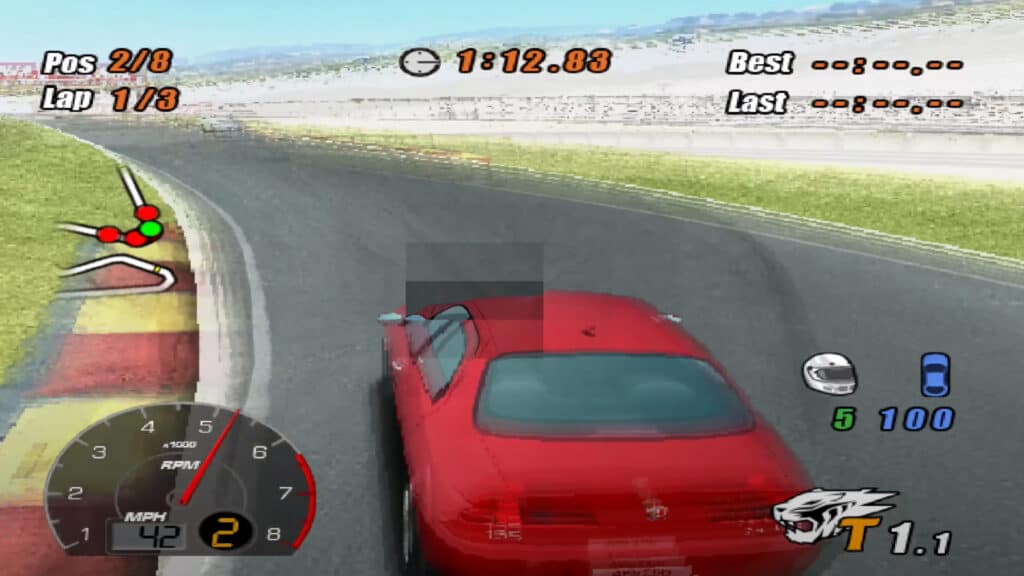
Just like Alfa Romeo itself, the passion and soul were clear in this title, even if it was a little wonky overall. Milestone’s time rewind mechanic was the first in racing games, and was weirdly named the “Tiger Effect”. I don’t know how the two are related, but there we go…
Tiger Effect is simple. Make a mistake through a collision or going off-track, and you could activate the ability. This would rewind time and return to the same state a few seconds ago, while also draining the ability – that needed to recharge throughout the race.
This could be upgraded through the Anticipation skill, that would decrease the recharge time taken for the next available rewind. This was a great mechanic to be integrated within the racing game genre, as making mistakes would be less punishing for the player overall, thus allowing an easier time for all audiences.
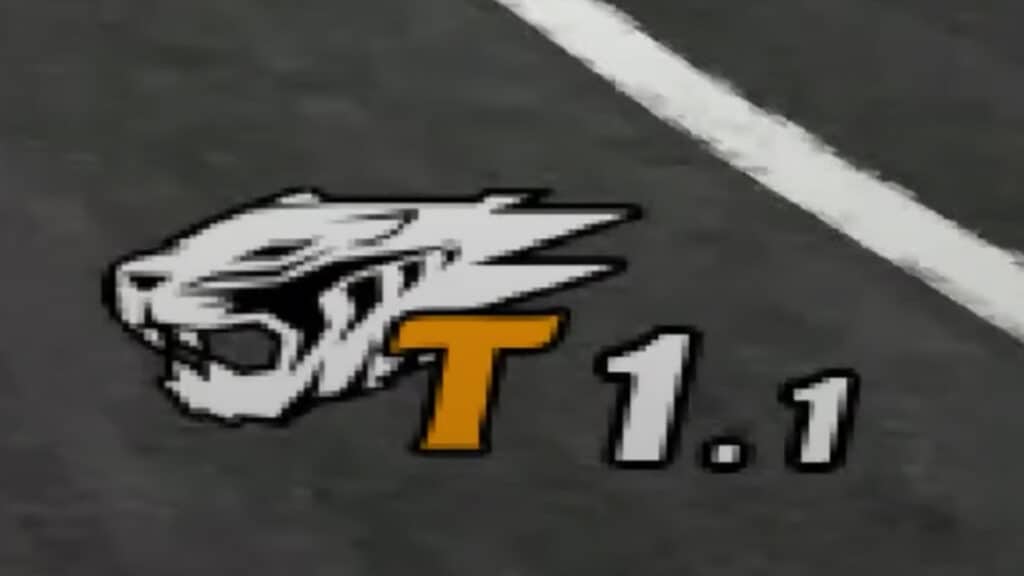
The birth of ‘rewind’
Codemasters later picked up this mechanic up in 2008 with its title Race Driver: GRID, but whether the Milestone title was an influencer for the ability is up for debate. GRID is phenomenal and holds up very well to this day, which is why it is highly recommended to check out John Munro’s playthrough of the game, as it’s a great watch.
Here, the ‘Tiger Effect’ mechanic was renamed to ‘Flashback’ and lead the way for its inclusion within the following Codemasters’ titles. This system is first introduced to the player after their car becomes heavily damaged, giving them the option to retire, restart, or rewind time at any point within the previous 10 seconds.
Flashback could be used freely within any point of a race but is limited by the number of flashbacks available, depending on the selected difficulty level. The game also rewarded the player if they didn’t use any flashbacks within a race, and as the difficulty level increases, the number of flashbacks decreases alongside the available assists and faster AI.
Since the success of the first GRID, similar systems have been used in several Codemasters games including the F1 and DiRT series, and could be classed as a factor that introduced the genre to a more casual audience.
Outside of Codemasters’ titles, it has been adopted by Microsoft for its Forza franchise since Motorsport 3, and feels even more at home within the Horizon spin-off series. The Horizon games contain many collectables and objectives to complete, accessibility options and of course the rewind mechanic, which makes it one of the most engrossing and accessible racing titles there is, so every player can participate in events in any way they’d like to.
Looking back to the title of this video, did this one-button actually save the racing genre? You could argue for and against this, but I feel that this did save the genre from descending into something with only a high barrier for entry.
The rewind button definitely opened up the genre to a wider audience and diversified the genre itself. Forza Horizon 5 has broken the 10 million player barrier within its first week of release, but even if that number hasn’t been directly affected due to the rewind ability, it’s still a crucial mechanic that even the most experienced players use, and something you could argue planted the seeds for this genre of racing title.

Before we wrap up, there is one final thing I’d like to bring up about this mechanic. As the racing genre can be hard to get into and understand, there is a large debate about its usage according to difficulty, where others claim that it makes the game “too easy”, or “doesn’t give a good challenge” when enabled.
Now it is understandable that rewinding time does give a training wheel to the player in the same manner as the racing line, but does it really matter? If a new player accidentally breaks a wing or bodywork on the first lap in every race, how exactly are they going to have a good time if they’re constantly restarting or driving with said hindrance?
If you’re having a bad time with a game due to the high difficulty level, there is no shame in adjusting to a comfortable level. But, if you’re one of those people who put down others for using these assists, you need to ask yourself – why?
This mechanic’s purpose is to reduce the difficulty by helping others learn in a quicker and much more enjoyable manner. Video games are meant to be fun, and they should be played exactly how anyone would like to. Don’t let anyone tell you otherwise.
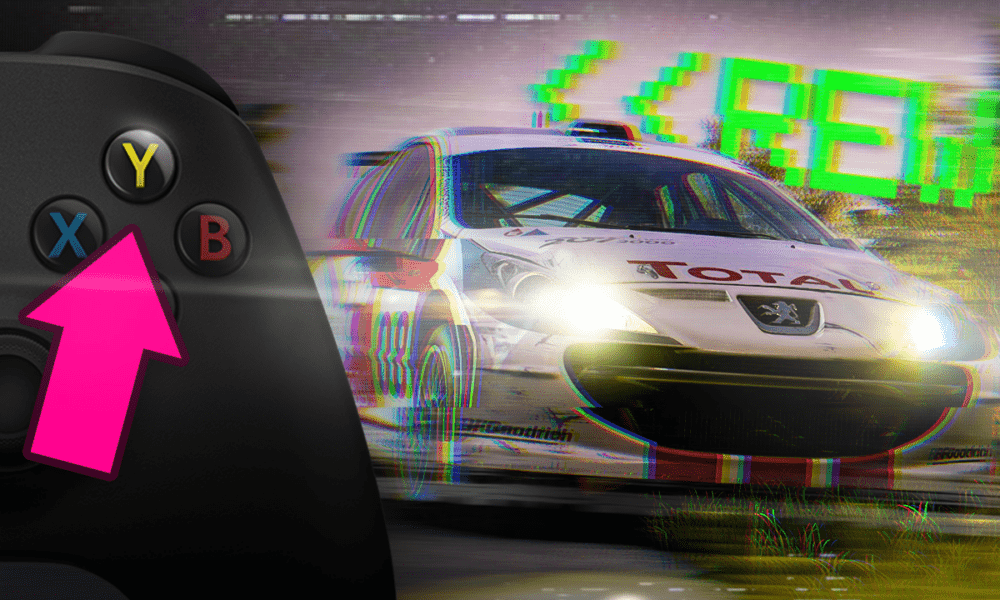
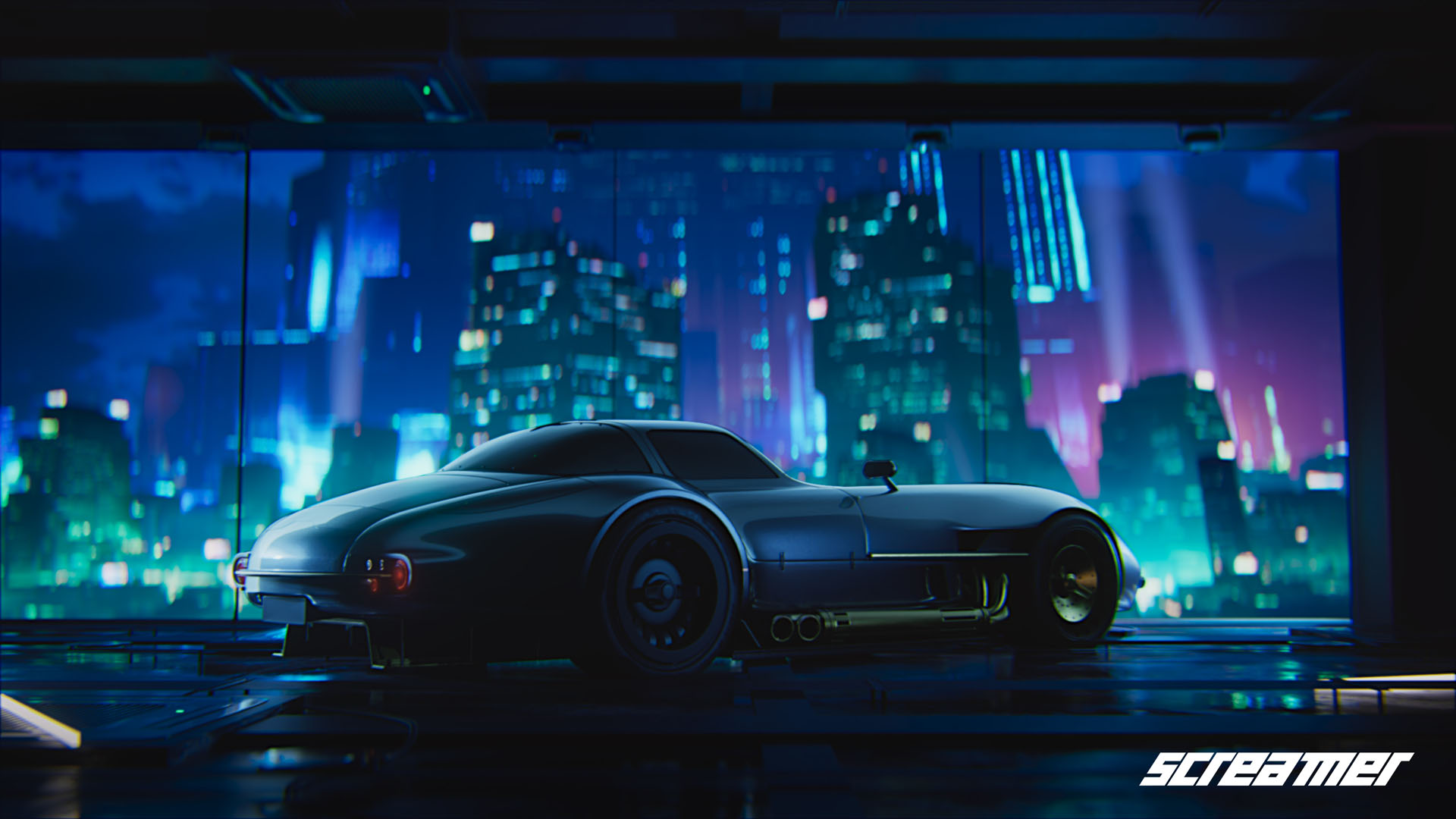
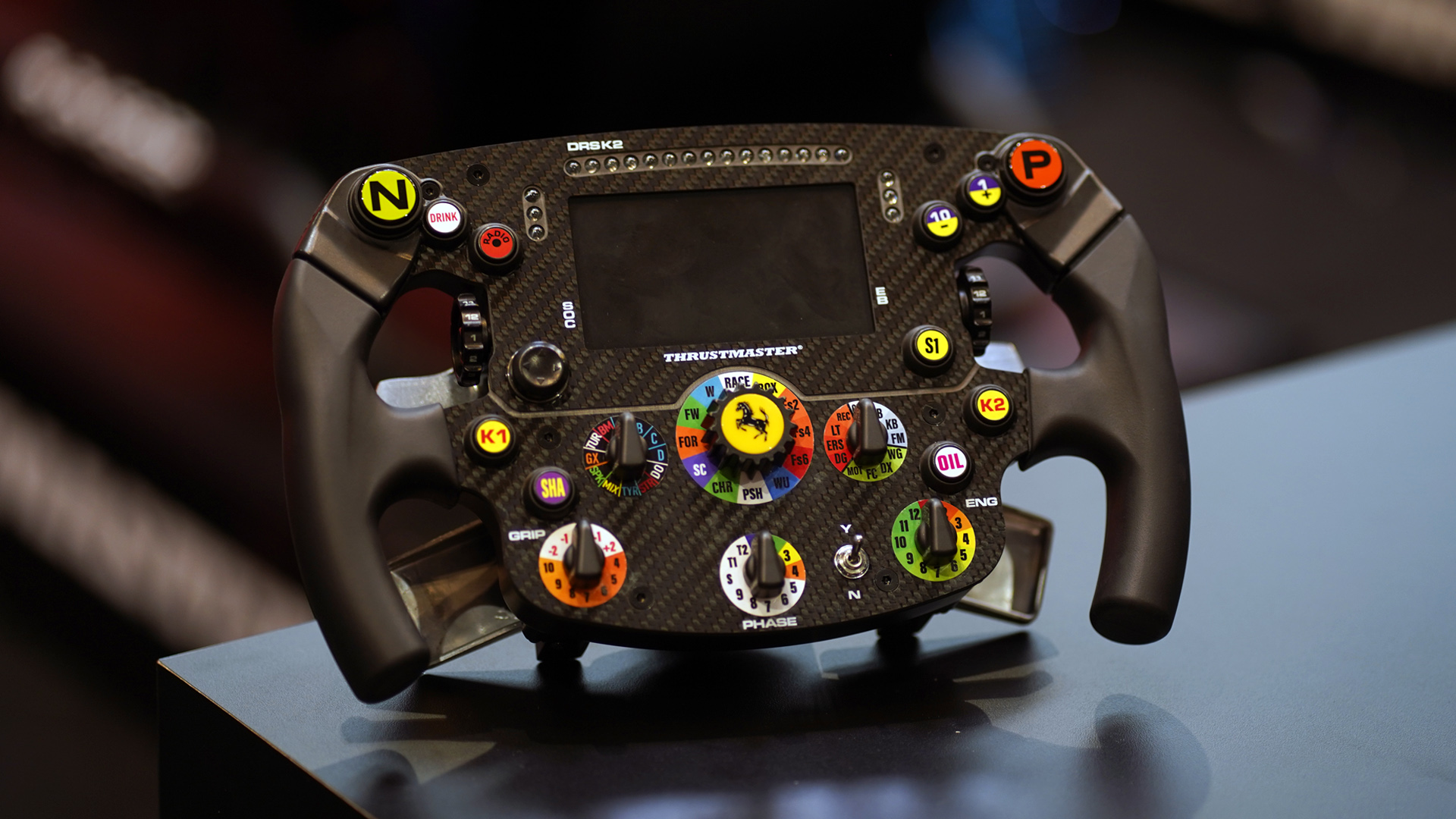
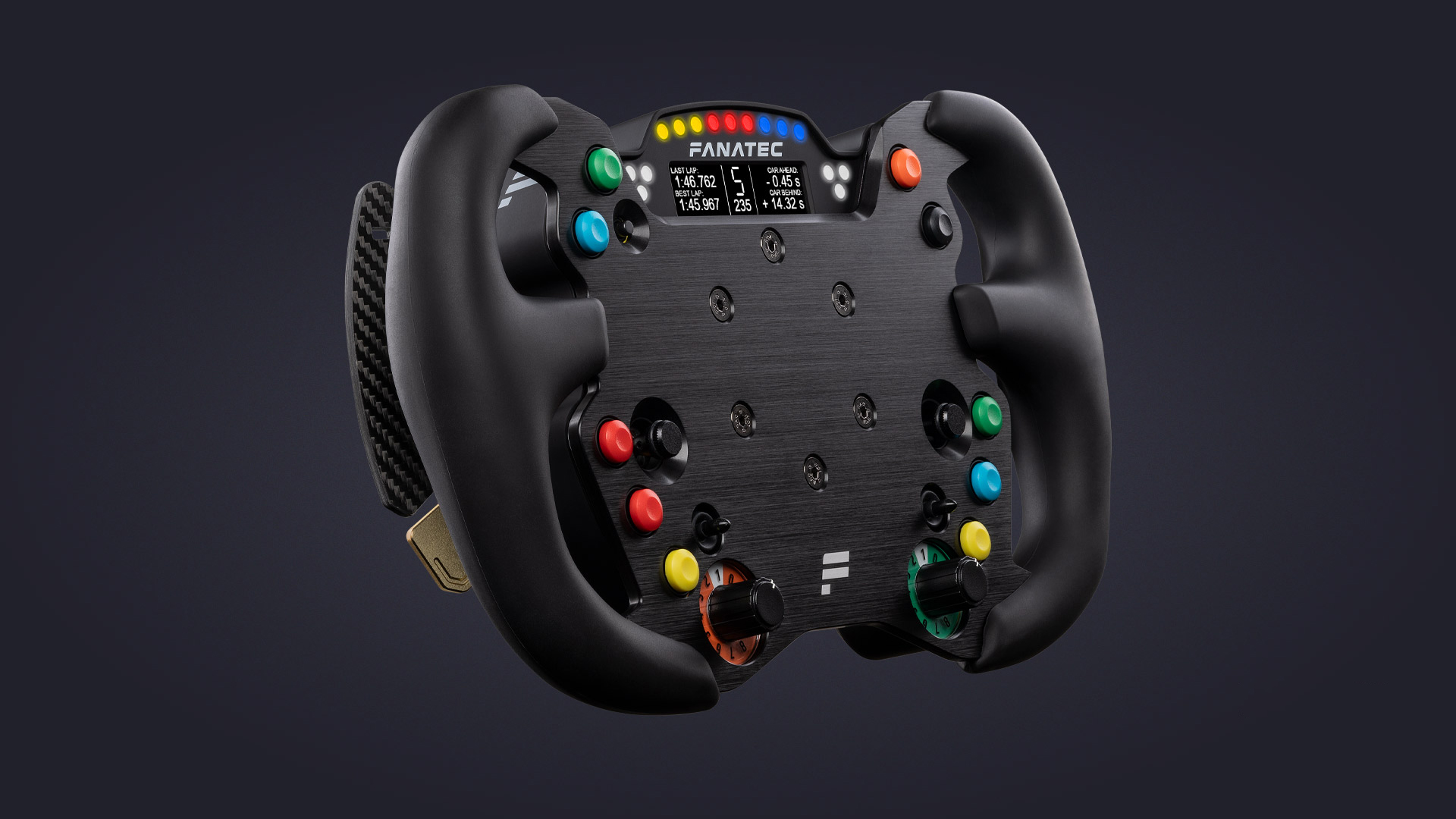
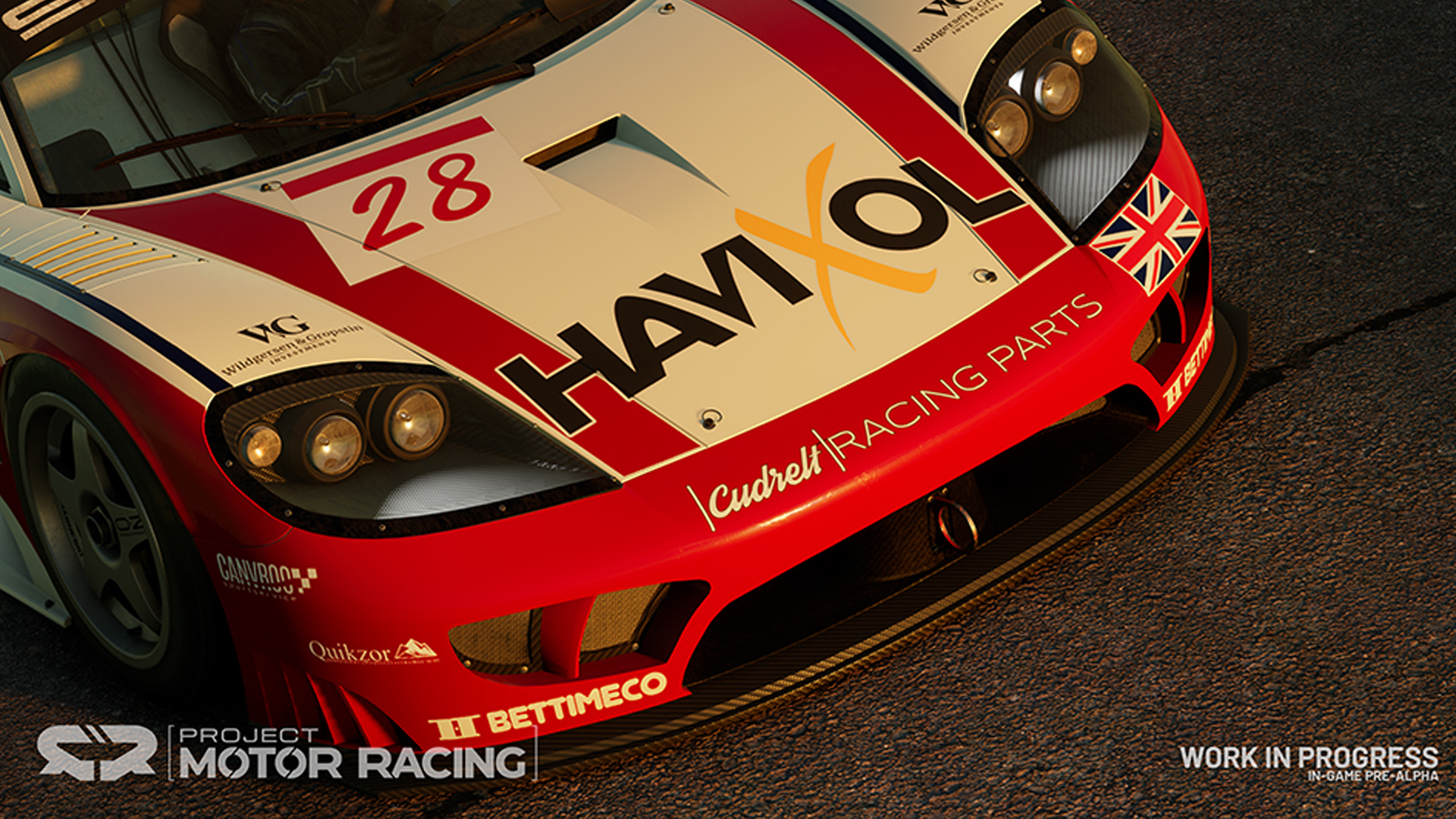
Chat with the Community
Sign Up To CommentIt's completely Free